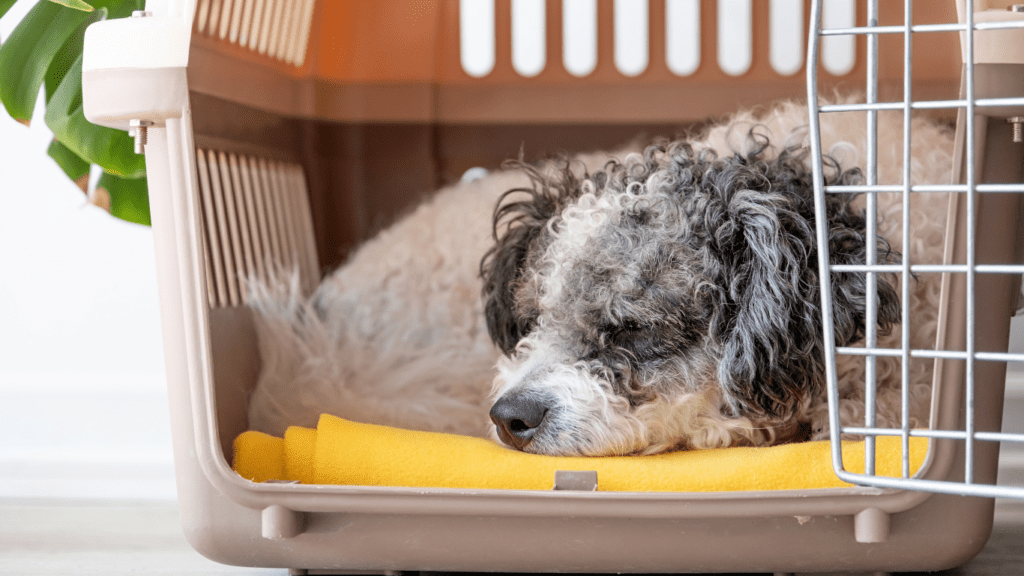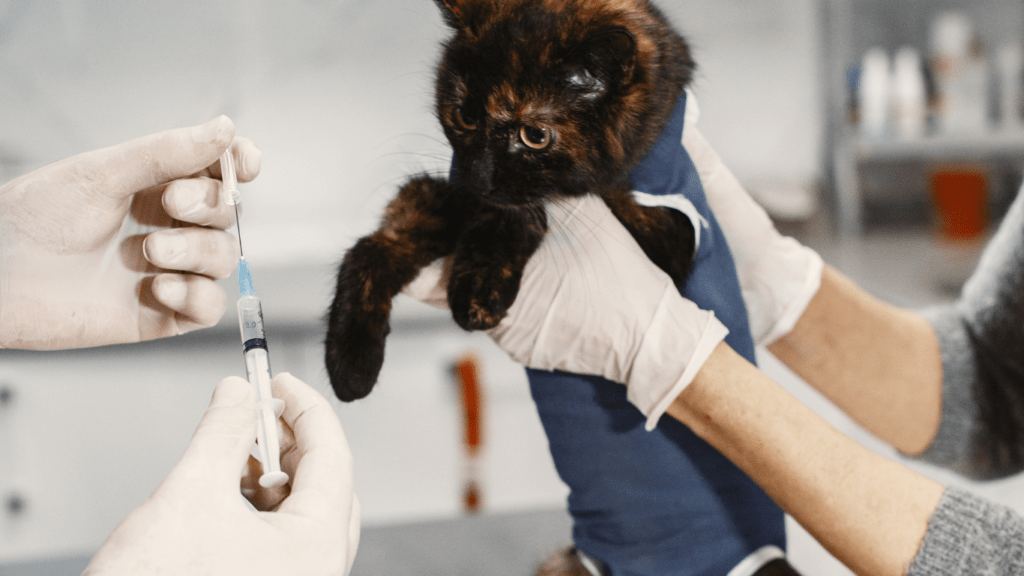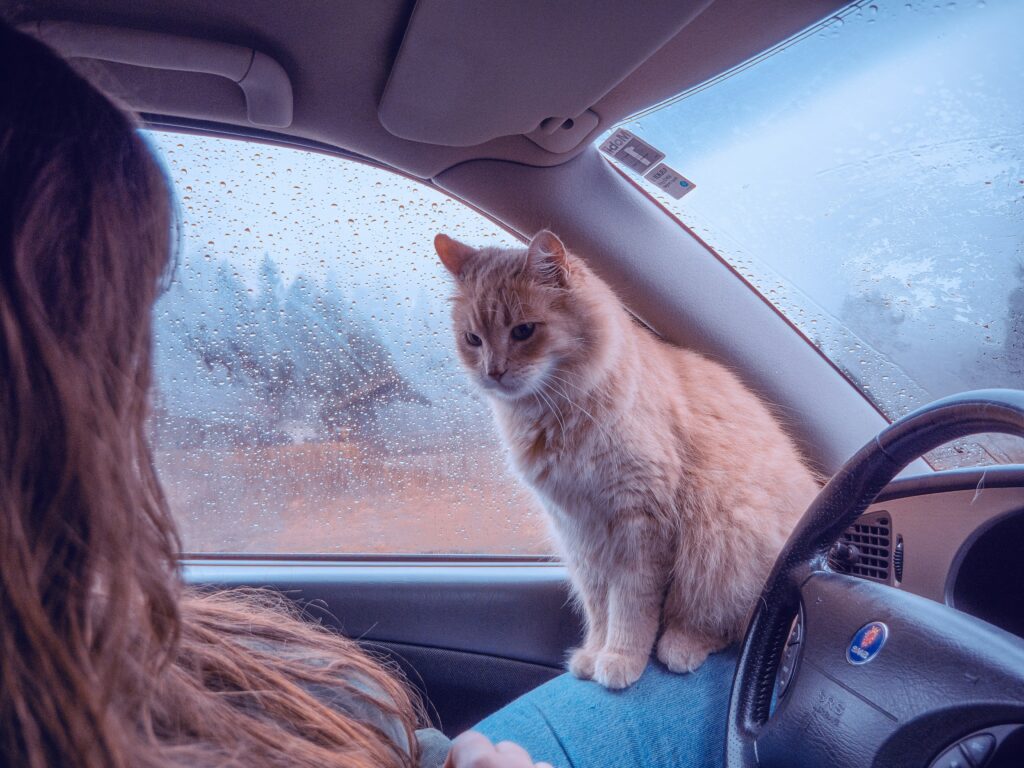Understanding Airline Policies
Airlines have specific pet travel policies. Ensure you review these policies before booking a flight. Each airline has unique rules about the types of pets it allows, size restrictions, and specific carrier dimensions.
Types of Pets Allowed
Most airlines accept cats and dogs. Some airlines also allow birds and rabbits. Check with individual airlines for any breed restrictions, particularly for brachycephalic (short-nosed) breeds.
Size and Weight Limitations
Airlines impose size and weight limits. Pets usually need to fit inside a carrier that fits under the seat in front of you. For instance, carriers typically measure 18x11x11 inches (45x28x28 cm). Verify if the airline has stricter size regulations.
Carrier Requirements
Carriers must meet airline standards. They should be ventilated, leak-proof, and secure. Some airlines require soft-sided carriers for under-seat storage, while others may permit hard-sided ones. Confirm these details on the airline’s website.
Health Documentation
Health certificates and vaccinations are often mandatory. Obtain a health certificate from your vet, typically within 10 days of travel. Ensure vaccinations are up-to-date, especially rabies. Airlines can deny boarding if documentation is incomplete.
Cabin vs Cargo
Not all pets can fly in the cabin. Pets exceeding size and weight limits must travel in the cargo hold. If a pet must travel in cargo, select airlines reputed for their pet care. Confirm temperature-controlled environments and proper handling.
Airline Fees
Pet travel incurs additional fees. Domestic and international flights have different rates. For example, domestic in-cabin pet fees range from $75 to $125. Cargo fees can exceed $200. Review and budget these fees while planning.
By consulting airline policies early, I ensure that my pet’s air travel experience is comfortable and compliant.
Choosing the Right Carrier
Selecting the right carrier for your pet is essential for a safe and comfortable journey. The carrier must meet airline specifications while ensuring comfort and security for your pet.
Carrier Size and Comfort
The carrier should provide ample space for your pet to stand, turn around, and lie down. Measure your pet’s length, height, and width, and check the carrier dimensions against these measurements. Most airlines have specific size requirements, so verify these details before purchasing. Use soft bedding inside the carrier for added comfort and to reduce stress during travel.
Ventilation and Safety
A well-ventilated carrier ensures your pet receives adequate airflow. Choose a carrier with ventilation on at least three sides and sturdy construction to prevent collapse. Look for carriers with secure locks but make sure they’re accessible in an emergency. Check for any potential hazards inside the carrier, such as sharp edges, to avoid injury. Familiarize your pet with the carrier well before the travel date to reduce anxiety.
Health and Documentation

Ensuring your pet’s health and having the correct documentation is essential for air travel. Addressing these factors well in advance helps avoid complications and ensures a smoother experience.
Veterinary Checkup
A comprehensive veterinary checkup is crucial. A vet can confirm your pet’s health status, ensuring they’re fit to travel. A health certificate, dated within 10 days of departure, is often required by airlines. This certificate must indicate that your pet is healthy and free of contagious diseases.
Required Vaccinations
Up-to-date vaccinations are mandatory. Rabies vaccination is typically required, with the vaccine administered at least 30 days before travel. Some destinations may have additional vaccination requirements, such as for distemper or parvovirus. Research the specific requirements for your destination.
Necessary Documentation
Prepare all required documentation. Besides the health certificate, some countries need an import permit. Microchip details and vaccination records should also be included. Ensure all documents align with airline and destination regulations to prevent delays.
Preparing for the Flight
Ensuring a smooth air travel experience for your pet involves several preparatory steps. Focus on acclimating your pet to the carrier, packing the necessary items, and managing feeding and hydration.
Acclimating Your Pet to the Carrier
Introduce the carrier to your pet weeks before the flight. Place the carrier in a familiar area of the house, allowing your pet to explore it. Encourage your pet to enter the carrier by placing treats, toys, and a comfortable blanket inside. Gradually increase the time your pet spends in the carrier, ensuring they feel secure and relaxed. Practice short trips in the car with the carrier to simulate travel conditions.
Packing Essentials
Pack essentials in a small, easily accessible bag. Include items like extra pet food, a water bottle, collapsible bowls, and waste bags. Don’t forget a leash and harness for moving through security checks and layovers. Bring copies of all required documents like:
- health certificates
- vaccination records
- microchip details
A favorite toy or blanket can help comfort your pet during the journey.
Feeding and Hydration
Feed your pet four hours before departure to prevent discomfort. Provide water right up until the time you head to the airport, but avoid overhydration. Consider freezing a small bowl of water that will melt slowly for longer flights, providing a steady water source. Pack some treats to reward good behavior and keep your pet calm during the flight.
During the Flight
Ensuring your pet’s comfort during the flight is crucial for a stress-free journey. Below are important tips for keeping your pet calm and managing their needs.
Keeping Your Pet Calm
Make sure your pet feels secure by placing familiar items in the carrier. Include a favorite blanket or toy. Comfort your pet by speaking in soothing tones. Keep the carrier under the seat in front of you. Avoid opening the carrier during the flight to prevent escape.
Managing In-Flight Needs
- Monitor your pet’s well-being throughout the flight.
- Offer water at regular intervals to prevent dehydration. If your pet shows signs of distress, gently reassure them.
- Avoid feeding during the flight to reduce the risk of motion sickness.
- For long flights, consult your vet about possible sedatives.
- Brief snatching phrases in this section such as “placing familiar items,” “speaking in soothing tones,” “under the seat in front,” and “prevent dehydration” link the ideas naturally and ensure coherence across the article while focusing on your pet’s comfort.
Post-Flight Care
After landing, it’s crucial to ensure your pet’s well-being. Follow these steps to help them adjust smoothly.
Checking for Stress Signs
Observe your pet closely for any signs of stress. Panting, drooling, and restlessness often indicate discomfort. If you spot these symptoms, offer water and a calm environment. Check for any injuries or unusual behavior that might require a vet’s attention.
First Steps at the Destination
Once you’ve arrived, take your pet out of the carrier calmly. Allow them to explore the new space gradually. Offer food and water as they acclimate. Ensure they have access to their familiar items like toys and bedding to reduce anxiety.



 Lead Pet Behavior Specialist
Brian Camacho is an expert in pet behavior and training at Pet Paw Shack. With a deep understanding of animal psychology, he specializes in helping pets and their owners build strong, healthy relationships through positive reinforcement techniques. Brian’s innovative approach to training focuses on making behavior modification a fun and rewarding experience for both pets and their families.
Lead Pet Behavior Specialist
Brian Camacho is an expert in pet behavior and training at Pet Paw Shack. With a deep understanding of animal psychology, he specializes in helping pets and their owners build strong, healthy relationships through positive reinforcement techniques. Brian’s innovative approach to training focuses on making behavior modification a fun and rewarding experience for both pets and their families.
